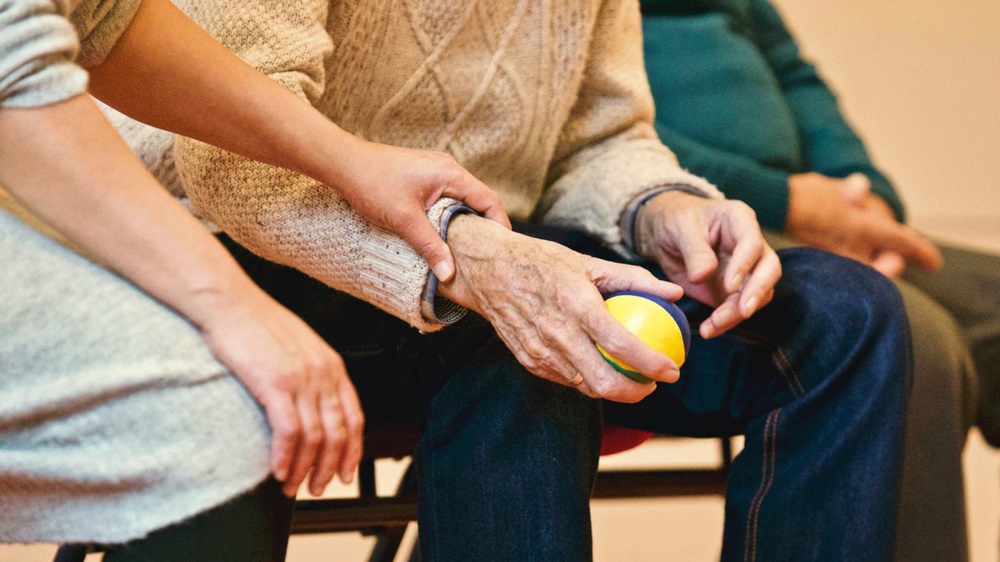The intentional destruction of a neuron or a connection of interlacing nerves (plexus) with the goal of giving permanent pain relief by disrupting the transmission of pain signals in the nerves is known as Neurolysis. The procedure can be used to cure serious illnesses, such as chronic pain. Its most commonly used to treat cancer patients, but it can also be used to treat other chronic pain issues that don’t seem to have a cure or a clear cause. Neurolysis is the process of carefully removing any scar tissue or restricting tissue from around or within a nerve. To guarantee that normal neural tissue is preserved, the process should be conducted under magnification (loupes or microscope). In some circumstances, intraoperative nerve stimulation or conduction tests can assist distinguish between working and non-functioning tissues.

Mechanism of Neurolysis
Injection of a substance such as is the most prevalent means of inducing lasting nerve damage. Alternatively, the interventional radiologist might opt to kill the nerves using ablation procedures. In these circumstances, the interventional radiologist may place a needle or a thermal probe near the nerve or plexus. If you have a nerve block, the interventional radiologist will inject anaesthetics into the area around the nerves that cause pain with a single thin needle. Because these operations are performed under imaging studies, the interventional radiologist can pinpoint the exact location of the nerve, reducing the chance of complications.
Types of Neurolysis
- If you have severe chronic abdominal pain from cancer or persistent pain related to chronic pancreatitis that is not alleviated by or other conservative methods, a celiac plexus neurolysis may be performed.
- Endoscopic ultrasound-guided neurolysis is a technique that uses a linear-array echoendoscope to perform neurolysis. The EUS technique is less intrusive than typical percutaneous procedures and is thought to be safer. In the therapy of pancreatic cancer-related pain, the EUS-guided neurolysis approach can be utilized to target the celiac plexus, celiac ganglion, or wide plexus.
- CPN can be done either anterior or posterior to the celiac plexus via percutaneous injection. Because of the extreme discomfort associated with the injection, CPN is usually used in conjunction with nerve blocks. Only after an effective celiac plexus block is neurolysis conducted.
- Patients with ischemic rest discomfort, which is usually linked with non-reconstructable artery occlusive disease, are usually treated with lumbar sympathetic neurolysis. Although the sickness is the reason for this sort of neurolysis, it can also be used to alleviate pain from other conditions such as peripheral neuralgia or vasospastic disorders.
Who all are recommended for Neurolysis?
The nerve can become squeezed beneath tight anatomic tissues such as fascia, tendon, muscle, and even bone in entrapment wounds and some stretch-type injuries. The nerve stays intact in these cases, but the pressure exerted by these compact structures may cause damage to the nerve’s outer lining. Scar tissue overrides the nerve’s normal outer sheath, termed myelin, as a result. Electrical signals cannot easily travel when scar replaces myelin. Muscles are not signaled to contract as a result, and skin areas become numb. Nerve decompression or neurolysis may be an effective therapy option in some cases.
Many individuals choose to have their treatment done in locations where they can get the greatest neurolysis procedure at a reasonable cost. The following link provides a list of some of the best orthopedic hospitals in India along with a list naming the best orthopedic doctors in India:
Conditions that can be treated by neurolysis
A study conducted reveals that the technical success rate was 96.97 percent in evaluating the efficacy and safety of splanchnic nerve neurolysis (SNN) using angio-CT, a hybrid method combining computed tomography (CT) and X-ray fluoroscopy.
Risks related of Neurolysis
Is recovery a long-term process in Neurolysis?
Neurolysis can be done under general or wide awake local anaesthetic and takes less than an hour per surgical site. The surgical region is covered in a soft bandage after surgery. Patients are sent home the same day with Tylenol, Motrin, and often a brief course of narcotics after a 1-2 hour recovery period. When the patient is comfortable, light activity is encouraged. Patients may remove their bandages and wet the incision one week after surgery. Patients can resume full activities six weeks after surgery. Relief of numbness, tingling, and pain is frequently immediate with moderate and/or intermittent symptoms. Relief of symptoms and recovery of muscle function may take months in cases where symptoms have been present for a long time.

As the editor of the blog, She curate insightful content that sparks curiosity and fosters learning. With a passion for storytelling and a keen eye for detail, she strive to bring diverse perspectives and engaging narratives to readers, ensuring every piece informs, inspires, and enriches.









